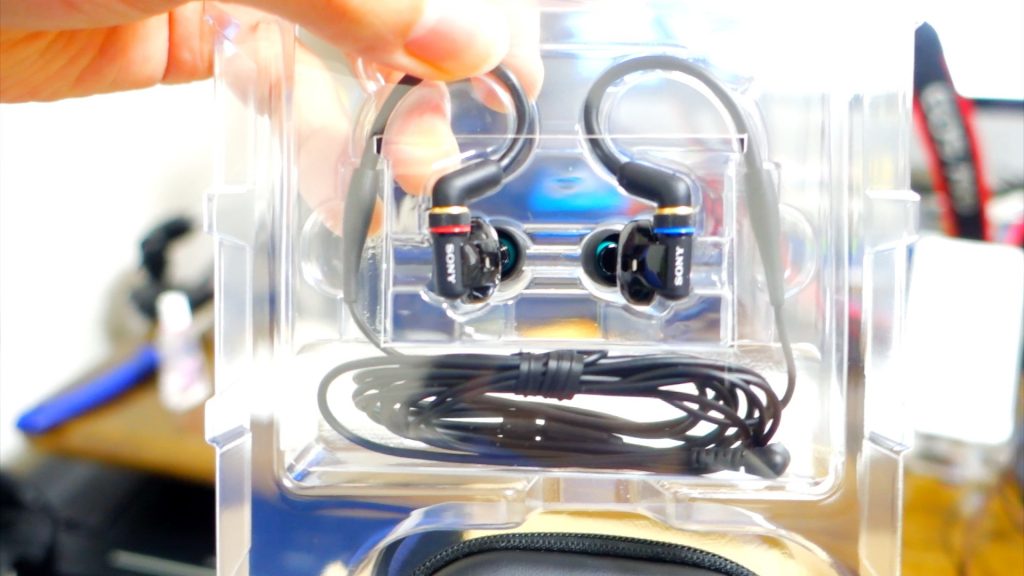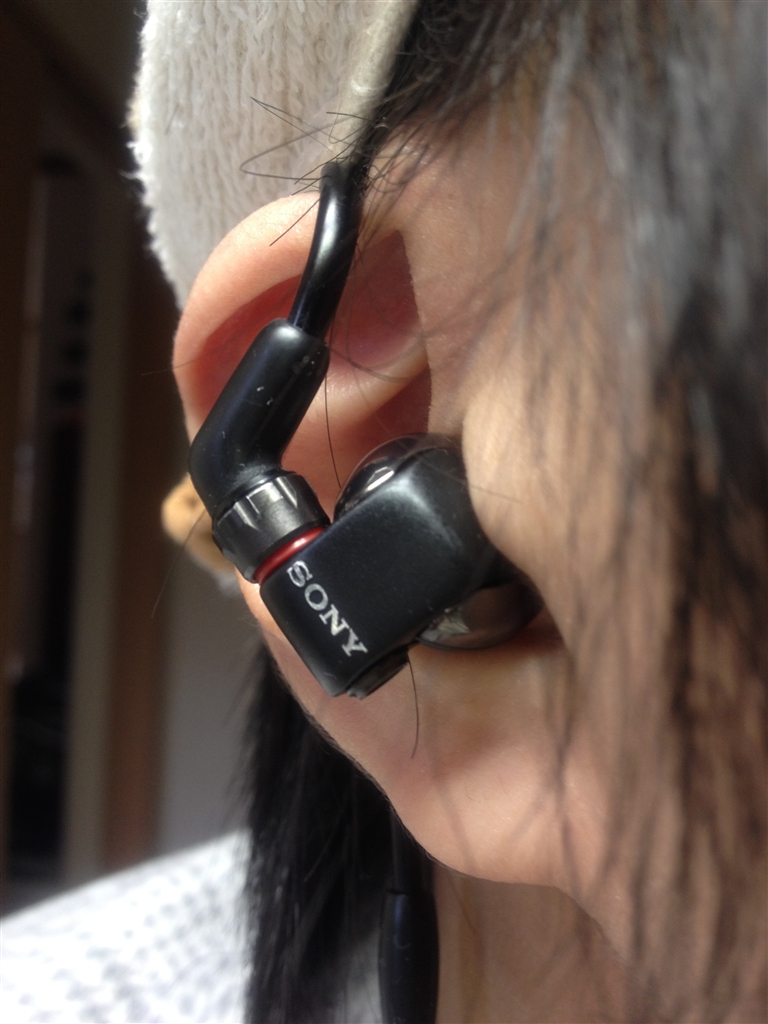
How much you enjoy the EX1000 will ultimately depend on how your musical choices play into its strengths and weaknesses. Punch is also surprisingly satisfying especially given the actual amount of bass that the EX1000 has though the Z1R being the ‘basshead endgame’ of the IEM world still undeniably holds the crown in this regard. Specifically, I find the greatest strength of the EX1000 to be its uncanny ability to precisely scale small dynamic inflections in musical passages, at which it handily exceeds the Z1R and Blessing 2 Dusk in its dynamic precision. However, despite the praise I have heaped on the EX1000 regarding its presentation, I still don’t think it is the strongest aspect of its technicalities. However, despite these improvements I would still characterise the EX1000 as having an overall more natural presentation than the Z1R thanks to its far more open design, making its overall presentation somewhat akin to a miniaturised open back headphone. Positional cues are fantastic, though layering again is better with the Z1R. Soundstage width is fantastic, though height is noticeably lesser than the Z1R. Imaging and soundstage have famously been the strengths of the EX1000 and are top tier even today. Timbre is overall quite good, with the mids especially having a liquid quality to them, though the peaky response does give a slightly brittle edge to the treble.

Overall definition and resolve, while still very good, are a step behind modern flagships like Sony’s own IER-Z1R, of which I will be directly comparing the EX1000 to. Overall technical ability is where the IEM shines the most even in today’s vastly different IEM market. However, the ‘twin tower’ peaks around 5.5KHz and 8KHz result in distractingly piercing consonants and splashy cymbals in many contemporary tracks, contributing to an overall uneven treble response.Ī side note on EQ: The EX1000 responds very well to parametric equalisation, which can help to even out the two peaks and also add more bass should you wish for it. I personally don’t mind the sizeable dip between 2-4KHz as it helps to prevent vocals from feeling raw and ‘glary’, as opposed to something that religiously follows the Harman IEM target. The upper mids and treble are undoubtedly the weakest point of the entire tonality, being peaky and lacking extension beyond 10KHz. This slight elevation of the bass carries into the lower mids, resulting in a pleasantly warm tilt to vocals.
SONY EX800ST VS EX1000 FULL
While not elevated, the bass is surprisingly full thanks to its almost linear extension all the way down to 20Hz, with a slight downwards slope of around 2dB from 200Hz to 20Hz. The lack of isolation is undeniably a dealbreaker for many people who purchase IEMs as a mobile alternative to their open back setups at home.Īnother area that contributes to the divisive nature of the EX1000.

Not only does the IEM barely isolate due to its highly vented nature, its large body and protrusion out of the ears results in its high susceptibility to wind noise, making it useless outdoors and limiting its use in noisy settings. That being said, as someone with fairly large ears I still consider the EX1000 to be fairly comfortable overall even with a fairly deep insertion.

SONY EX800ST VS EX1000 DRIVER
However, comfort is slightly impacted by such a deep insertion as this involves partially inserting the driver part of the body into the ear and may not be comfortable or even possible for those with smaller ears. Personally I find a deeper insertion beneficial to reduce the 5-6KHz peak of the EX1000. This is an area of much contention even among those who enjoy the EX1000, with many varied responses regarding insertion depth and seal. On the other hand, the cable, while not particularly microphonic (thanks in part to the ear guides and fit), feels somewhat cheap and spindly. Build quality is fantastic, with a mixture of high-quality plastics and magnesium alloy making up the body.

In an era dominated by BA and hybrid setups at the mid to high end, the horizontally mounted single DD of the EX1000 results in its uniquely ‘Sony’ shape. It looked strange when released, and arguably looks even stranger today. As someone who has somewhat of a love hate relationship with the EX1000, I want to articulate why I think it is still an impressive IEM in today’s market, while also touching upon why it might not be for you. Released around a decade ago in 2011, the Sony MDR-EX1000 has become a bit of an oddball legend in the IEM community.


 0 kommentar(er)
0 kommentar(er)
